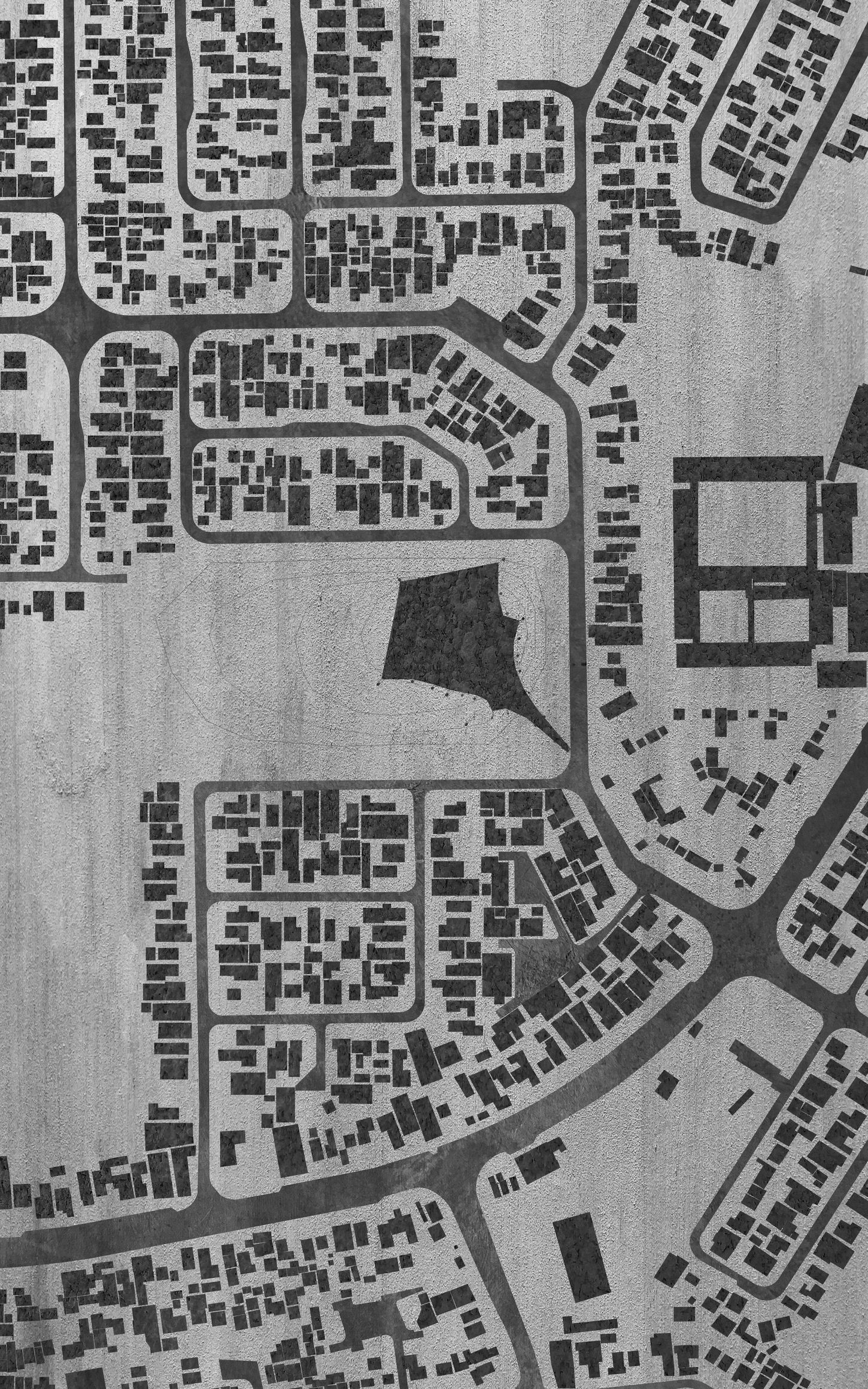
Urban Lab Cape Town
The theme of the first master semester with the focus on energy was water. The plot is in Delft Cape Town in South Africa.
Research shows that the town suffers from a high occurrence of rapes which results in unwanted pregnancies. On top of that, it is common for male partners to leave pregnant women. The two factors lead to a high number of single mothers. I wanted to give these women an opportunity to create a better life for themselves and their children by creating a space where they can leave their children during the day so they can go to work. In Delft there are few schools and some kindergardens but almost no daycares. The crime rates in Delft are extremely high, so I wanted to give children a safe place to stay, a safe haven. After the study trip to South Africa the locals told us that this is a good idea since many children beginning by the age of 12 choose to leave school and join gangs. So, my project got extended not only to be a daycare but to be an open space for every kid who wants to learn, do homework or reading after school.
We could choose between different methods to collect water and I have chosen fog harvesting. My building is placed to face the wind directly. It is located on the water-collecting pit. This is usually dry, but it fills up during the rainy season. When it is dry the children play on it, which is why I made a gesture to the pit so they can enter it from the building. To balance it out, I made a similar gesture on the other side. The form of the building should invite children into the central space. The architecture is a sign to show that they matter too. The height of the building is one third higher than the headlights on the streets that the local government uses to lower the crime rate. The idea was to create almost like a sculpture, but I still wanted it to be logical and not randomly placed. The poles are all in a grid and get free by inclining to the top. The fog harvesting nets are placed on it and have pipes to collect the water into the tanks.















